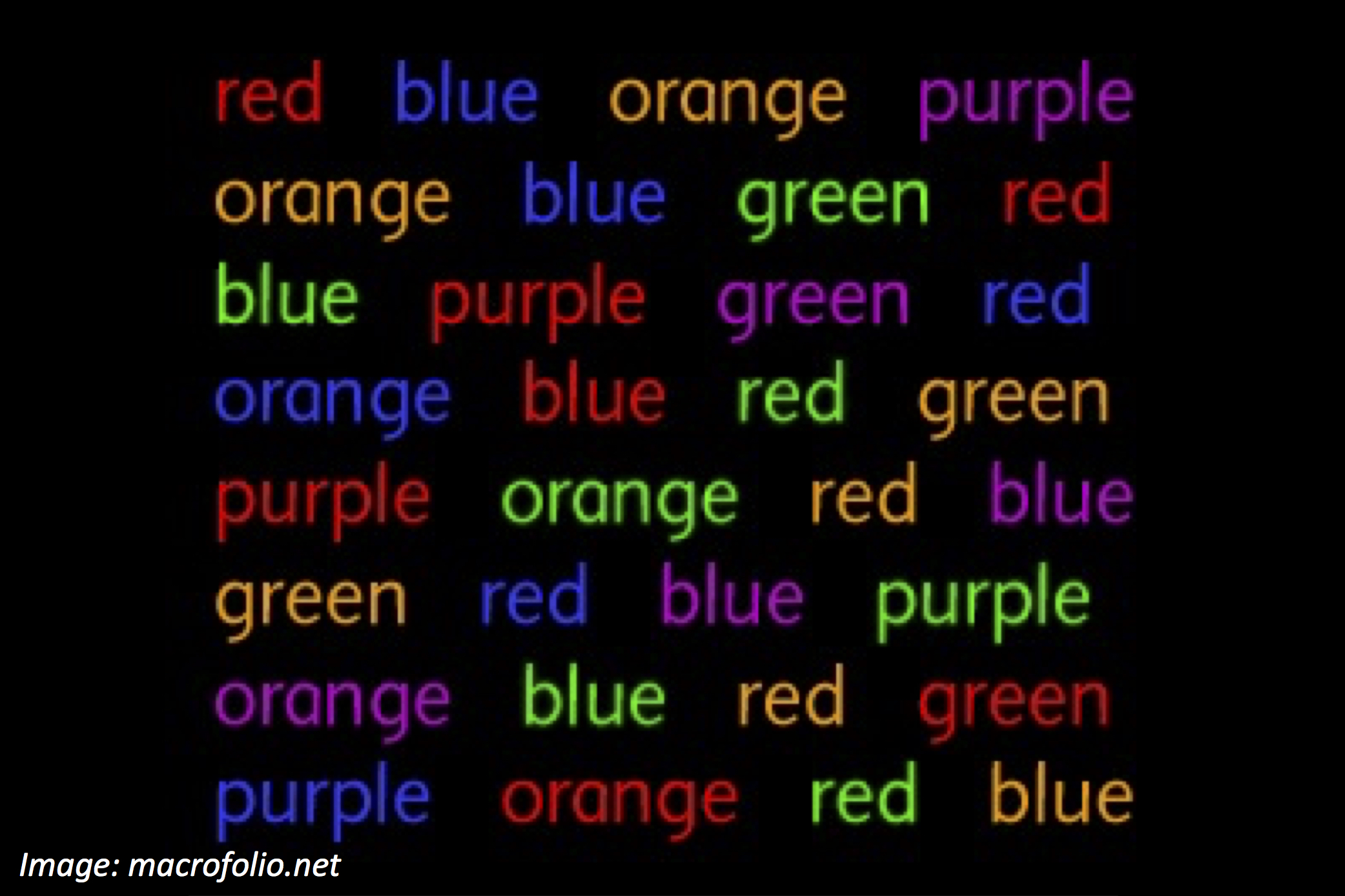Does this picture look right to you? Starting in the top row of the picture, say the color of each word’s letters, instead of reading the word itself. How fast can you say all the right colors? It starts off all well and good, because the words and their colors match. But soon the words start showing up in the wrong colors, while you keep saying the words instead. See if you can trick your brain into behaving!
Wee ones: How many times does the word “red” show up in red letters like it should? Count them!
Little kids: Which row has the most words in it? Bonus: There are 5 purple-colored words, and 5 words that really are the word “purple” — and 1 of those words is in both groups (a purple “purple”). How many words is that in total?
Big kids: If you can get through each of the 8 rows in 3 seconds with no mistakes, how fast can you say the whole puzzle? Bonus: If you have 3 words — red, blue, and green — and those 3 colors, how many ways can you use all 3 colors to write those words without any word matching its own color?
Answers:
Wee ones: 2 times (once in each of the first 2 rows).
Little kids: They’re all the same, at 4 words each! No row has more words than any others. Bonus: 9 words, since it would be 10 if the 2 groups didn’t share any words.
Big kids: In 24 seconds. Bonus: Only 2 ways: BGR, and GRB. The word red can be only blue or green. For each of those choices, 1 of the remaining colors will match 1 of the remaining 2 words, so instead of having 2 different orders for placing the last 2 colors, there’s only 1 way for each choice.



